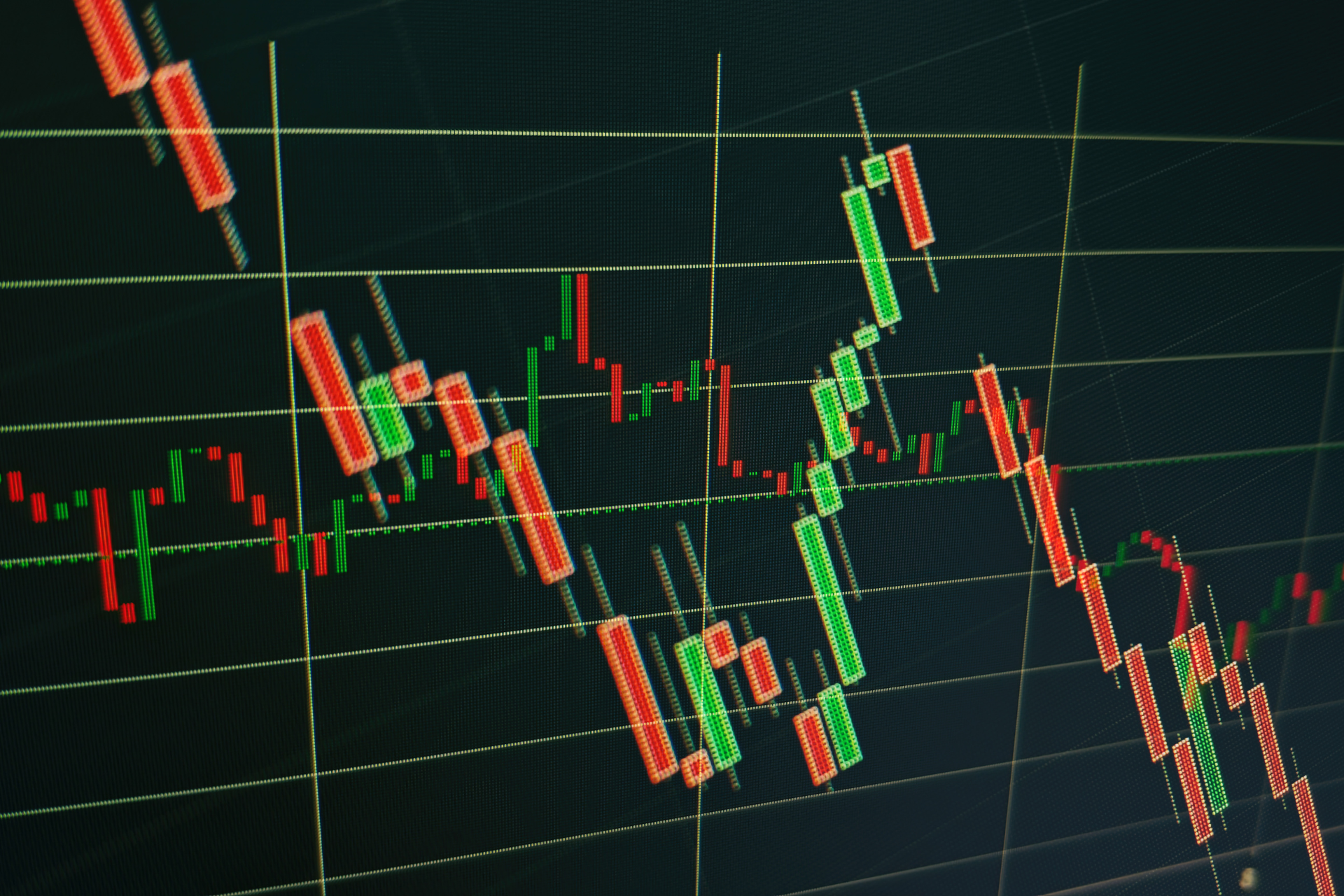The traditionally weak period of August through October lived up to its reputation with the Dow, S&P 500, and Nasdaq all falling over the past three months. Most areas of the market were impacted, including small-cap and foreign stocks. Even bond prices fell during this period as interest rates continued to rise.
The equity markets have been in a downtrend since reaching one-year highs this past summer. That’s not to say stocks haven’t tried to bounce back. In fact, they have – twice – with the most recent rally attempt occurring in October before stocks faltered once again, as this chart of the S&P 500 shows:
In the last market update, we discussed the important level of 4200 in the S&P 500 and how a break of that level to the downside would lead us to raise cash considerably across all the tactical strategies. In the spirit of spooky October, the S&P did end up breaking that level. As a result, the selling of equity positions picked up in the portfolios, and we raised additional cash to add to our already-elevated levels. This table reflects the equity exposure in our seven active strategies as of the end of October:
Note that we have not exited stocks completely in our strategies, the Income strategy being the exception since it is a fixed income strategy. With some equity exposure, our tactical strategies will participate if the recent bounce continues, and we will look to add more equity exposure if the rally turns into a more sustained uptrend. We are entering the final months of the year which are historically favorable for equities, so it wouldn’t be unusual to see an upward bias to the markets here.
What About Bonds?
While the stock market tends to get more attention in the financial press, the bond market had a notable occurrence in October that could prove to be a turning point for bonds.
Market-watchers follow Treasury yields closely since they impact interest rates on mortgages and borrowing costs, in general, throughout the economy. Around mid-October, the 10-year Treasury yield reached a new 16-year high, topping 5% for the first time since 2007. There’s nothing magical about the 5% level other than it proved to be a topping level back in 2007 which makes it a key level to watch. It’s noteworthy because it will either act as a topping point once again and interest rates will head back down – a bullish scenario for bonds – or the 10-year Treasury yield will break to new highs and bond values will decline further.
Just as the equity market has certain key levels that investors watch, so too, does the bond market when certain levels in yields are reached. Last year was the worst year for bonds in more than 40 years. While this year hasn’t yet materialized as “the year of the bond” as some pundits had predicted, it’s natural to expect the bond market, at some point, to get its day in the sun.
On another topic, given that the end of the year is near, we want to take this opportunity to remind you of something that happens every year around this time: Mutual funds pay out capital gain distributions in November and December. Some of you might recall this annual ritual from years past. We want to bring it up since you might notice one or more of your fund positions drop in value more than you’d expect on a given day. Those drops will be adjusted by Schwab over the ensuing few days as the dividend gets reinvested.
Finally, we wish you and your families a wonderful and safe Thanksgiving holiday, and we’re grateful for the trust that you continue to place in us.
Mary Ann Drucker
Assistant Portfolio Manager
Disclosures are available at https://fsainvest.com/disclosures/market-update/.
FSA’s current written Disclosure Brochure and Privacy Notice discussing our current advisory services and fees is also available at https://fsainvest.com/disclosures/ or by calling 301-949-7300.






